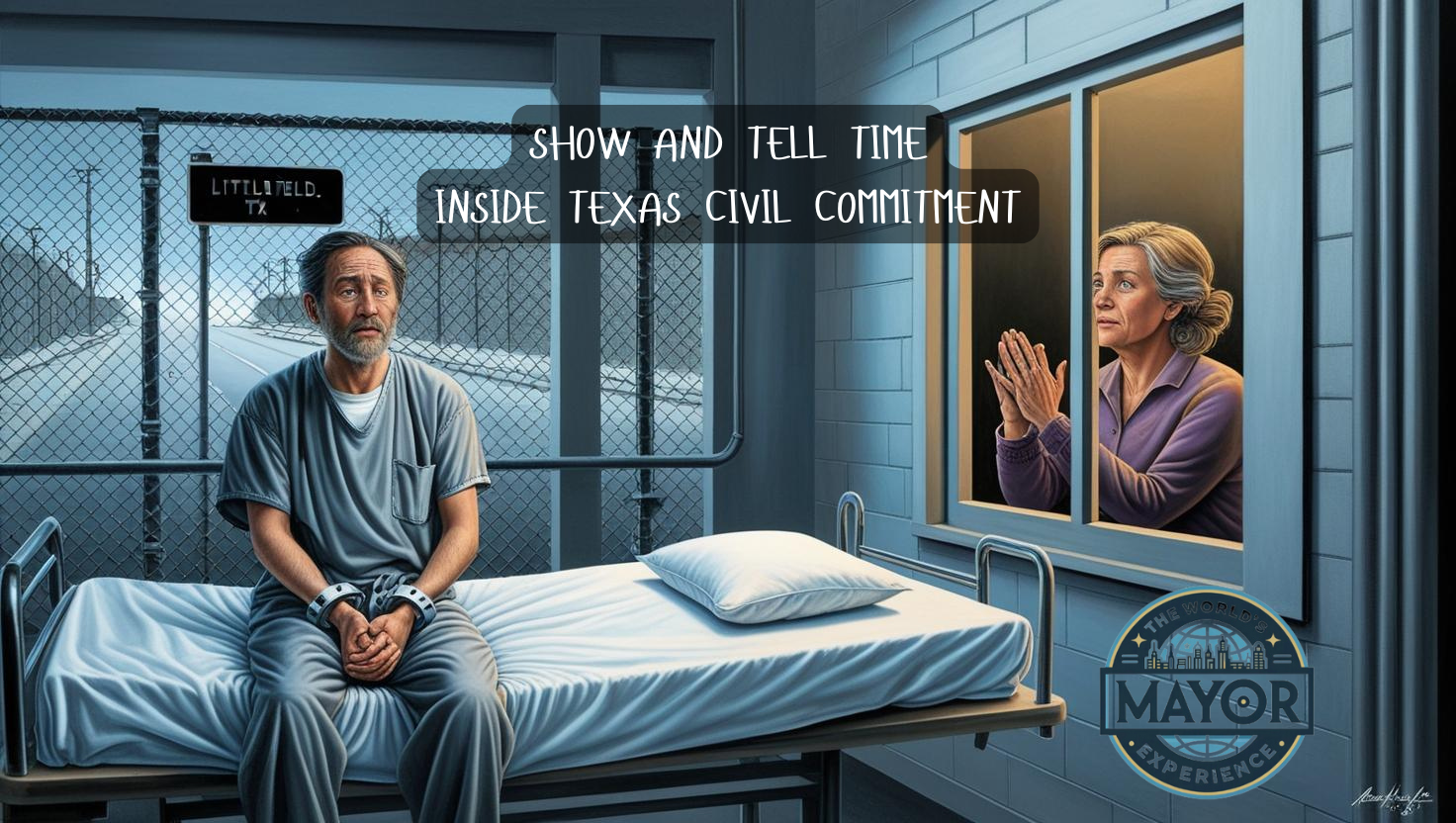Get in touch
507-400-0348
joshua@joshuatberglan.com
Fresh Multimedia

Strategies for Safe Recovery: Navigating Falls with Cerebral Palsy
The Prevalence of Falls Among Individuals with Disabilities
Falls are a leading cause of injury among all age groups, but they pose a particular risk for individuals with disabilities. According to the World Health Organization , falls are the second leading cause of unintentional injury deaths worldwide. For people with cerebral palsy, the risk is compounded due to muscle stiffness, coordination issues, and balance problems inherent to the condition.
A study published in the Journal of Pediatric Rehabilitation Medicine indicated that children and adults with cerebral palsy are at a higher risk of falls compared to the general population. These falls can lead to fractures, head injuries, and a loss of confidence, further impacting mobility and independence.
Phillip Bramwell's Three Key Strategies for Safe Recovery
Phillip emphasizes proactive thinking and preparation when it comes to falls. His approach centers around three main strategies:
1. Controlling the Speed and Direction of Falls
When a fall is imminent, having the ability to influence how you fall can make a significant difference in the outcome. Phillip advises:
- Stay Calm: Panic can exacerbate the situation. Keeping a level head allows for better control.
- Assess Your Surroundings: Quickly identify any hazards like sharp objects or hard surfaces.
- Guide Your Fall: Aim to fall on softer surfaces if possible, and try to distribute the impact across a larger area of the body.
2. Absorbing Impact and Protecting Essential Limbs
Minimizing injury during a fall involves conscious efforts to protect vital parts of the body:
- Tuck In Limbs: Keep arms and legs close to avoid twisting or unnatural positions.
- Protect the Head: Use your arms to shield your head if you're falling forward.
- Roll with the Fall: Rolling can help dissipate the force of the impact over a broader area.
3. Communicating Clearly for Assisted Recovery
Once on the ground, effective communication is crucial for safe recovery:
- Carry a Communication Device: A mobile phone or medical alert system can be a lifeline.
- Educate Helpers: Inform friends, family, and neighbors about the best ways to assist you without causing injury.
- Use Clear Instructions: If someone is helping you, guide them through the process step by step.
Additional Strategies for Safe Recovery
Building on Phillip's insights, here are more strategies that can aid in safe recovery:
Regular Physical Therapy
Engaging in physical therapy can improve strength, balance, and coordination, reducing the risk of falls. Therapists can also teach techniques for getting up safely after a fall.
Home Modifications
Making adjustments to the living environment can prevent falls:
- Install Grab Bars: Especially in the bathroom and other high-risk areas.
- Ensure Adequate Lighting: Good visibility can prevent trips and slips.
- Remove Tripping Hazards: Keep walkways clear of clutter and secure loose rugs.
Assistive Devices
Using canes, walkers, or specialized footwear can provide additional support. Consult with a healthcare professional to find the most suitable options.
The Psychological Impact of Falls
Beyond physical injuries, falls can have a psychological toll, leading to fear and anxiety about future falls. This can result in reduced mobility as individuals might avoid activities they perceive as risky.
To combat this:
- Seek Support: Counseling or support groups can help address fear and build confidence.
- Educate Yourself: Understanding the reasons behind falls can empower you to take control.
The Role of Caregivers and Community
Caregivers and community members play a vital role in supporting individuals with disabilities:
- Training: Learn how to assist safely during recovery after a fall.
- Awareness: Be mindful of the individual's needs and preferences.
- Encouragement: Provide emotional support to help rebuild confidence.
Conclusion
Implementing effective strategies for safe recovery is essential for individuals with cerebral palsy and other disabilities. Phillip Bramwell's firsthand experiences offer valuable insights into managing falls proactively. By controlling the speed and direction of falls, absorbing impact while protecting essential limbs, and communicating clearly for assistance, the risks associated with falls can be significantly reduced.
Falls may be an unavoidable part of life for many, but with the right strategies and support, their impact can be minimized. Empowerment comes from preparation, education, and the collective effort of individuals and their communities to foster safer environments and practices.
Resources
- Cerebral Palsy Foundation:
yourcpf.org
Offers resources and support for individuals with cerebral palsy. - World Health Organization - Falls Fact Sheet:
who.int
Provides global statistics and prevention strategies for falls. - National Institute of Neurological Disorders and Stroke:
ninds.nih.gov
Information on cerebral palsy and related research.

Latest Insights and Trends: Explore Our Recent Blogs
The World's Mayor Experience Fresh Multimedia




















Contact Us
Sign up to our newsletter
We will get back to you as soon as possible
Please try again later

